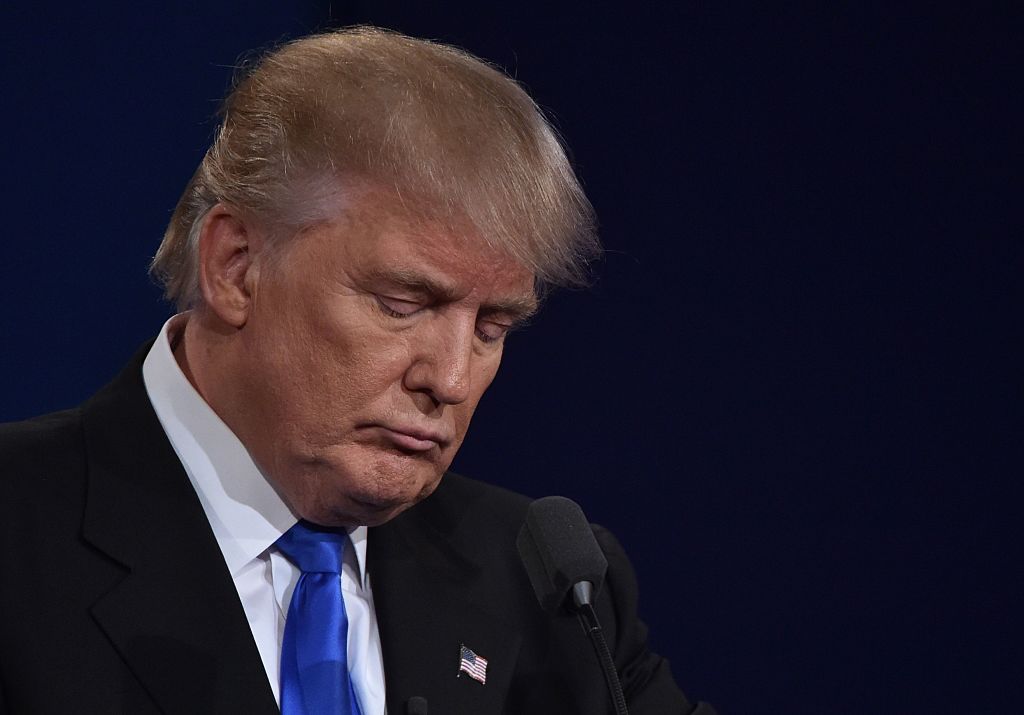Is a contractor-controlled insurance program (CCIP) or an
owner-controlled insurance program (OCIP) best for your subsea
cable project? This Q&A explores the cost, control and risk
considerations.
Global demand for green energy is driving the development of
subsea cable projects. While subsea cables can represent a cheaper
way to transport energy than overground or overhead cables, they
remain billion-dollar investments, so getting the right insurance
and risk management approach is critical to securing finance.
Subsea cable project owners, such as national grids and joint
venture partnerships, must decide early on in their planning
process whether a contractor-controlled insurance programs (CCIP)
or an owner-controlled insurance programs (OCIP) is most
appropriate to their project. In this Q&A we compare the two
options, examining:
What are the key differences between CCIPs and OCIPs?
What are the advantages of OCIPs for subsea cable projects?
Why might a subsea cable project owner chose a CCIP?
What are the key insurance market considerations around CCIPs and
OCIPs?
Q: What are the key differences between CCIPs and OCIPs?
A: With a CCIP, your subsea cable project is essentially owned
by the contractor until it’s delivered. The contractor has
obligations to ensure the project is delivered to specified
requirements by a set deadline. Until then, the contractor covers
liabilities related to your individual project or multiple
projects.
Because CCIPs render contractors responsible for anything that
could imperil delivery of your project, they can potentially
represent a lower admin and resource burden for project owners.
As the name suggests, an owner-controlled insurance programme
(OCIP) is co-ordinated by the project owners/employers involved in
a subsea cable project. As the principle (owner), you’re
responsible for buying insurance cover on behalf of all contracted
partners, typically structuring your OCIP to meet the key asset,
legal liability and financial risks associated with your subsea
cable project, covering insurance of the works, as well as third
party, product and employer liability coverage.
While the OCIP route involves greater responsibility, these
obligations offer greater transparency over how risks and potential
points of failure are being managed, and with this, greater control
over costs and the wider risk management approach.
Q: What are the advantages of OCIPs for subsea cable
projects?
A: Subsea cable project owners might opt for OCIP arrangements
where:
- There are substantial financial exposures arising if a project
is completed late, or where projects are particularly complex or
specialist - The exposures involved aren’t adequately addressed by
contractual damage provisions meaning lenders or funders are only
satisfied with an owner-controlled insurance approach - Project owners want to take a more proactive stance and gain
greater control, certainty than they can under CCIPs which may help
to avoid disputes between parties and their insurers - The project owner wants bespoke forms of wordings unique to the
placement – including lenders’ specific insurance
requirements – to support greater certainty and the ability
to drawdown lender funds - Project owners want to extend the programme to address specific
financial exposures arising from delayed project completion, such
as loss of income, loss of interest and additional costs (delay in
start up insurance cover). - Owners want greater transparency to help eliminate insurance
gaps or duplication of coverage - Owners prefer coordinated claims reporting and handling
facilities to retain greater control over repairing and reinstating
damaged property - Owners want the flexibility of arranging an OCIP either via
one-off insurance placements or as annually renewable coverages, or
to cover exposures relating to pre-existing foundations or
facades - Owners want to cover pollution and contamination
liabilities/costs, construction plant and equipment, temporary
buildings and contents, latent or inherent defects in completed
works, as well as indemnities and contingent liabilities, such as
defective title, defective lease, and restrictive covenant.
Q: Why might a subsea cable project owner chose a CCIP?
A: CCIPs offer embedded insurance costs in the contractor tender
price. These costs may be cheaper because they are based on annual
turnover and not the specific project.
In addition, under CCIPs, project owners can leverage
contractors’ insurer relationships and potential economies of
scale.
In the present insurance market conditions, lower value cable
projects can be difficult to obtain insurance for, particularly at
an economical premium. Project principles are able to benefit from
the economy of scale that a contractor may have through their
pipeline of projects with insurers and therefore benefit from a
more competitive premium.
Q: What are the key insurance market considerations around CCIPs
and OCIPs?
A: When evaluating CCIPs versus OCIPs, you need to understand
what’s driving insurance costs and how you can be assured that
every exposure is covered. What information is going into the
market about your risk?
For example, we’re seeing losses from defects as
increasingly hard to insure, so the question is: how is the project
principle managing design and manufacturing standards upon the
contractor and how is the contracted marine warranty surveyor
enforcing adherence and therefore managing these risks and what are
they sharing with insurers to prevent prohibitively expensive
premiums or rendering the risks uninsurable?
More generally, subsea cable projects owners should seek to
understand the capacity available for which risks and whether there
is more or less depending on whether you choose a CCIP or OCIP
approach. Wider competition for risk under one arrangement over
another could work to lower costs.
While the owner-controlled insurance program can help you get a
clearer understanding of those risks most responsible for driving
costs in markets where there is limited capacity. However, with
CCIPs, insurers’ risk engineers will already be familiar with
contractors’ philosophy toward risk management and loss
prevention. This may enable market in being more willing to accept
unusual risks due to the portfolio relationship. It’s also
worth bearing mind how under a CCIP, the contractor bears the
excess/deductible of their choice and as they own the risk of loss,
they may be seen as more likely to be invested in good risk
management.
Ultimately, every project is different and you may need
specialist support in evaluating whether owner or
contractor-controlled insurance program is optimal for yours.
For smarter ways to manage risk arising from subsea cable
projects, get in touch with our specialists with deep sector
knowledge.
The content of this article is intended to provide a general
guide to the subject matter. Specialist advice should be sought
about your specific circumstances.
#Subsea #Cable #Project #Risk #Management #Deciding #CCIP #OCIP #Insurance #Laws #Products










